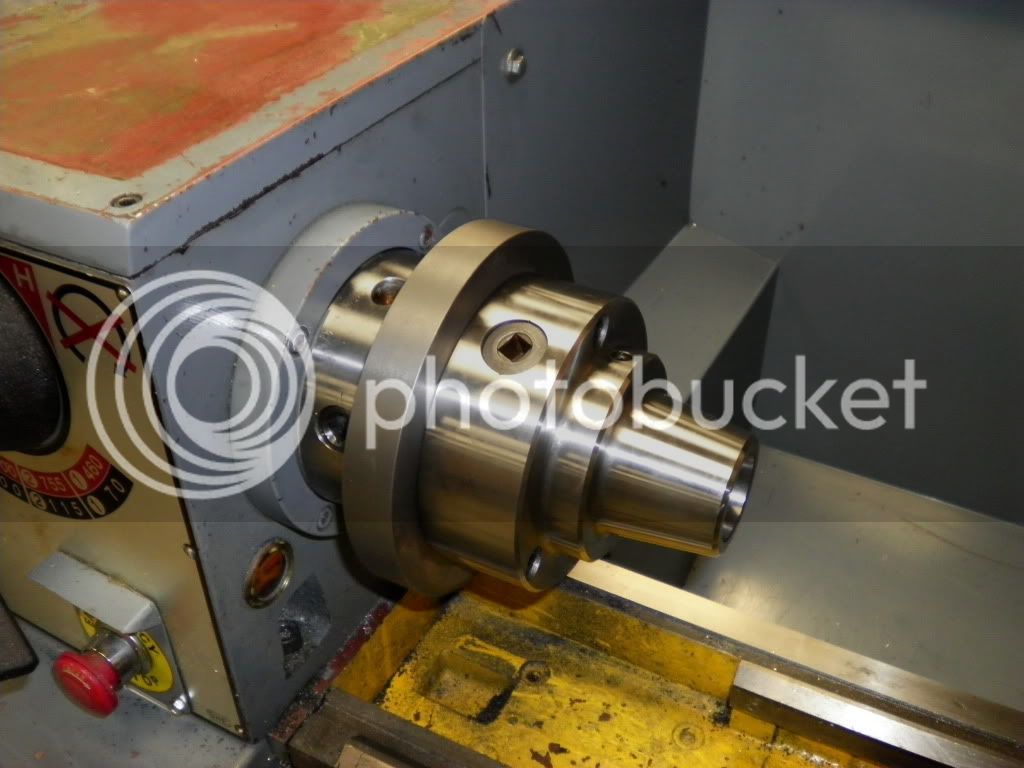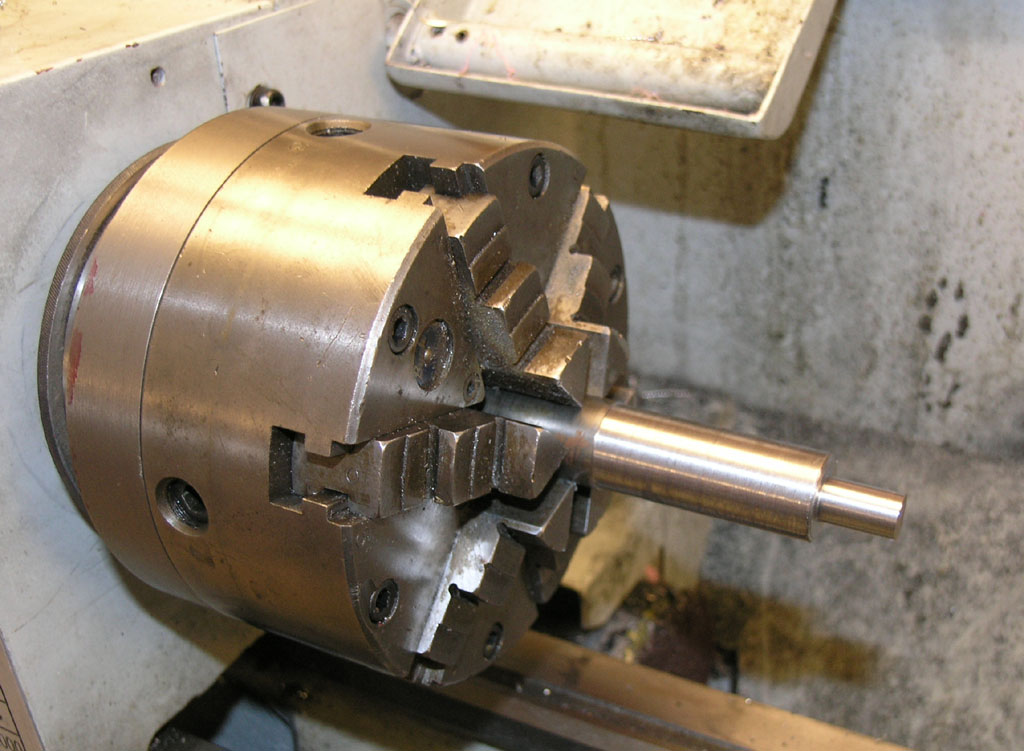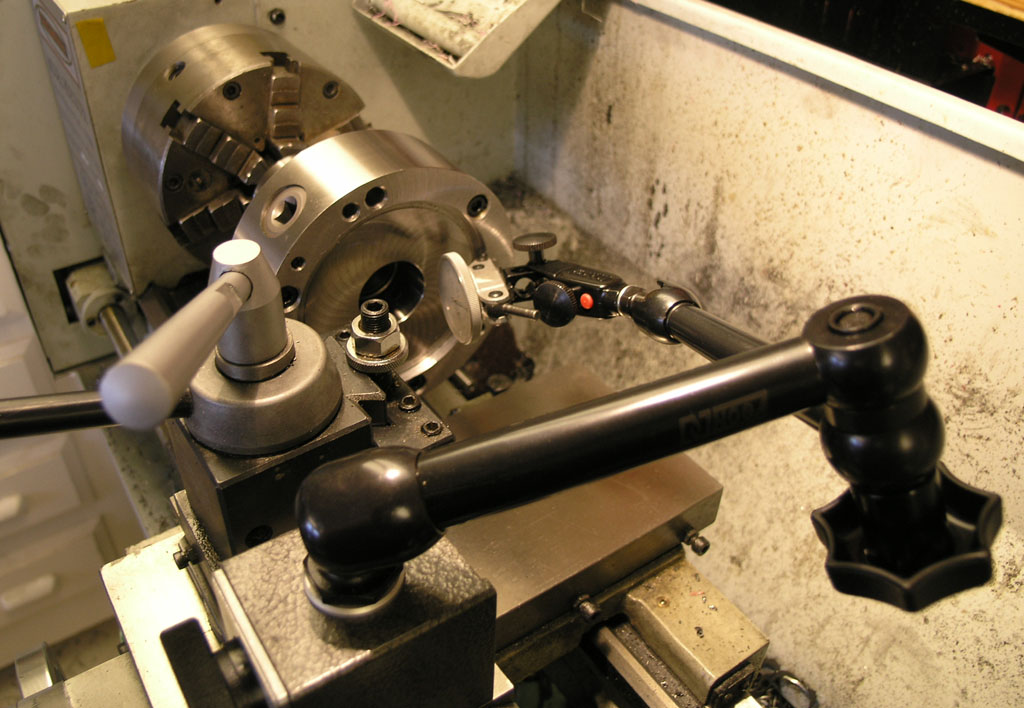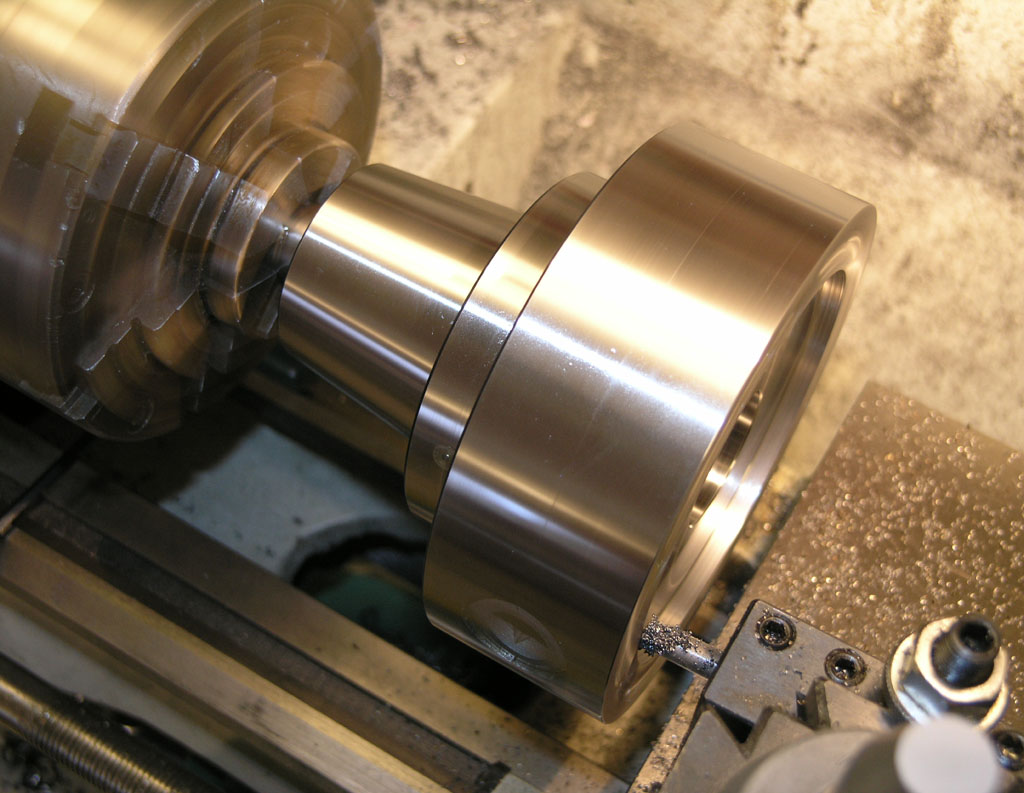vascon2196
Well-Known Member
- Joined
- Oct 2, 2009
- Messages
- 1,026
- Reaction score
- 312
I purchased the 5C collet chuck from Little Machine Shop along with a D4 adapter flange. I mounted the adapter flange onto my lathe and machinined the male pilot for the collet chuck. I know it was a nice fit because I had to tap the chuck on with a ball peen hammer all around until it sat flush. I then transferred the mounting holes from there.
I installed a 5C collet into the chuck and tightened. The part is running out like crazy! What did I do wrong? I went as far as taking the chuck off and machined the adapter flange again and the same thing happens.
The lathe is used by first years engineering students and it has been beat up a bit but you should see the runout.
Has anypne experienced this problem with the LMS 5C collet chuck? Any suggestions?
Thank you,
Chris
I installed a 5C collet into the chuck and tightened. The part is running out like crazy! What did I do wrong? I went as far as taking the chuck off and machined the adapter flange again and the same thing happens.
The lathe is used by first years engineering students and it has been beat up a bit but you should see the runout.
Has anypne experienced this problem with the LMS 5C collet chuck? Any suggestions?
Thank you,
Chris









